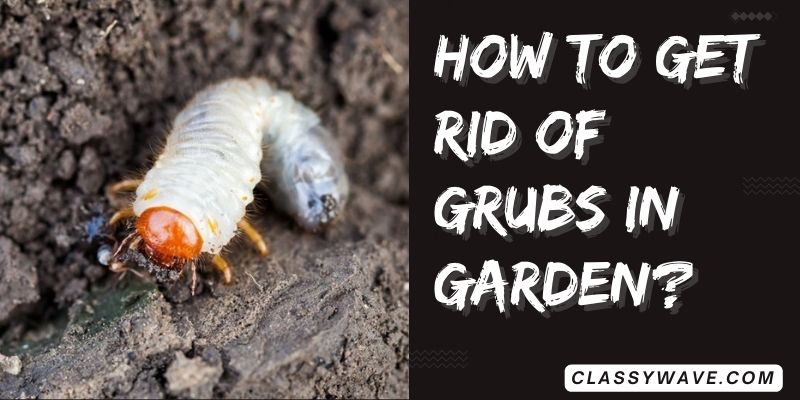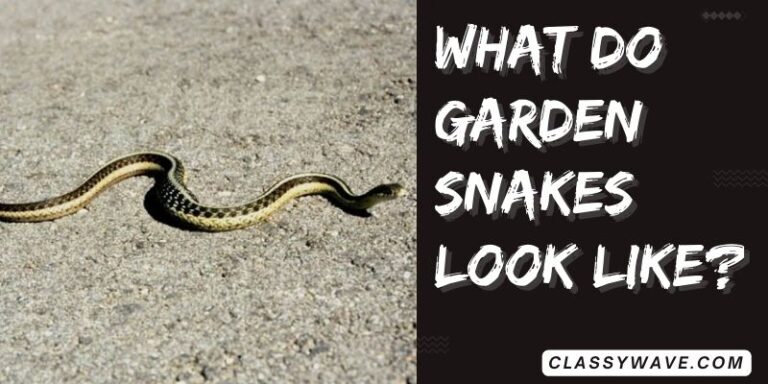how to get rid of grubs in the garden? Effective Strategies
Gardening enthusiasts face challenges like grub infestations, which can harm plants and disrupt the harmony of a thriving garden. This compilation explores diverse strategies, ranging from DIY remedies and natural controls to understanding seasonal considerations, aiming to equip you with insights into effective grub management. Discover sustainable, hands-on approaches to safeguard your garden.
Identifying Grub Infestation Signs
Recognizing early signs of grub infestation is crucial for effective control. Look for wilting plants, brown patches, and increased bird activity. Proactively identifying these signs allows for prompt intervention, minimizing potential damage to your garden.
Natural Methods for Controlling Grubs in Your Garden
Employing natural control methods, such as introducing predatory insects, using neem oil, or applying beneficial nematodes, offers an environmentally friendly approach. These methods harness nature’s mechanisms to combat grubs, promoting a healthy and balanced garden ecosystem.
Chemical Treatments to Eliminate Grubs Safely
When natural methods prove insufficient, safe and targeted chemical treatments can be employed. Choose pesticides specifically formulated for grub control, following recommended application guidelines to minimize environmental impact and protect beneficial organisms in your garden.
Implementing Cultural Practices for Grub Prevention
Adopting cultural practices like proper watering, aeration, and regular mowing helps create an environment less conducive to grub infestations. Healthy soil and well-maintained lawns act as deterrents, reducing the likelihood of grub-related issues.
Using Beneficial Nematodes for Organic Grub Control
Beneficial nematodes are microscopic organisms that naturally prey on grubs. Introduce these beneficial nematodes to your garden soil, as they actively seek out and infect grubs, providing an organic and effective means of control without harming other beneficial insects.
Choosing the Right Grub-Resistant Plants for Your Garden
Opting for plants that are naturally resistant to grubs can be a proactive strategy. Research and select varieties are known for their resistance, enhancing your garden’s resilience against potential grub infestations and minimizing the need for intervention.
Regular Lawn Maintenance to Deter Grub Infestations
Consistent lawn maintenance practices, such as regular mowing, aerating, and dethatching, create an environment less favorable for grub development. By maintaining a healthy lawn, you discourage grub infestations and promote overall garden vitality.
Effective Ways to Remove Grubs by Hand
Handpicking grubs from the soil is a labor-intensive but precise method of control. Wear gloves and manually remove grubs, disposing of them in a soapy water solution. This hands-on approach can be particularly effective for localized infestations.
Understanding the Life Cycle of Grubs for Targeted Control
Familiarizing yourself with the life cycle of grubs is essential for implementing targeted control measures. Knowing when grubs are most vulnerable allows you to time interventions effectively, optimizing the impact of control methods.
Seeking Professional Help for Severe Grub Infestations
In cases of severe infestation, seeking professional assistance is advisable. Pest control experts can assess the extent of the problem and recommend appropriate, targeted treatments to efficiently address and eliminate the grub infestation.
DIY Grub Control Remedies Using Household Items
Explore the efficacy of common household items in combating grubs. Discover do-it-yourself solutions using ingredients like dish soap, garlic, or vinegar. These budget-friendly remedies offer practical alternatives for environmentally conscious gardeners, providing effective control without resorting to chemical interventions. Implementing these DIY methods allows you to take a hands-on approach to managing grub populations while minimizing the use of synthetic pesticides, fostering a more sustainable and eco-friendly garden environment.
The Role of Soil Health in Preventing Grub Infestations
Delve into the connection between soil health and grub infestations. Healthy soil with proper pH, organic matter, and microbial activity promotes a robust ecosystem that naturally discourages grubs. Understand how soil amendments, such as compost and organic fertilizers, can enhance soil vitality, creating conditions unfavorable for grub development. By prioritizing soil health, you not only prevent grub issues but also cultivate a thriving garden environment with improved nutrient availability and resilience against various pests.
Seasonal Considerations for Grub Prevention and Control
Navigate the seasonal nuances of grub management to optimize prevention strategies. Learn when grubs are most active and vulnerable, tailoring your control efforts accordingly. Explore seasonal variations in temperature and moisture levels that influence grub behavior. Implementing preventive measures during key seasons helps disrupt the life cycle, reducing the likelihood of infestations. By aligning your approach with seasonal patterns, you can proactively address potential grub challenges and maintain a healthier garden throughout the changing conditions of the year.
Companion Planting Strategies to Deter Grubs Naturally
Uncover the benefits of companion planting as a natural deterrent against grubs. Explore plant combinations that repel or disrupt the life cycle of grubs, creating a symbiotic environment. Understand how certain plants release compounds that act as natural repellents or attract beneficial insects that prey on grubs. Implementing companion planting strategies not only safeguards your garden from grubs but also fosters biodiversity, promoting a more resilient and balanced ecosystem. Embrace the concept of companion planting as a proactive and sustainable approach to grub control.
How to Identify Different Grub Species in Your Garden
Develop expertise in identifying various grub species to tailor your control methods effectively. Learn to distinguish between common grub types based on size, color, and other characteristics. Understand the specific damage each species inflicts on plants, enabling targeted intervention. Armed with this knowledge, you can implement control measures that address the unique traits of the grubs in your garden, ensuring a more precise and efficient approach to managing infestations while minimizing the impact on non-target organisms.
Conclusion
In conclusion, tackling grubs in your garden demands a multifaceted approach, from identifying signs and implementing natural controls to understanding soil health and embracing DIY solutions. By integrating these strategies and staying attuned to seasonal nuances, you empower yourself to maintain a resilient, pest-resistant garden. Whether through companion planting or mindful lawn maintenance, the journey to grub-free gardening is an ongoing commitment to sustainable practices, creating a thriving outdoor space for both plants and enthusiasts alike.
FAQs
Question: Can I use coffee grounds to control grubs?
Answer: Yes, coffee grounds can deter grubs. Sprinkle used coffee grounds on the soil; their acidity repels grubs.
Question: When is the best time to apply nematodes for grub control?
Answer: Apply nematodes in late summer or early fall when grubs are active, maximizing their effectiveness.
Question: Do chickens eat grubs, and can they help control infestations?
Answer: Yes, chickens eat grubs. Allowing them to forage in affected areas can aid in natural grub control.
Question: What plants repel grubs when planted alongside susceptible ones?
Answer: Marigolds and chives repel grubs; plant them as companions to protect susceptible plants from infestation.
Question: How long does it take for chemical grub treatments to show results?
Answer: Chemical treatments may take a few weeks. Follow product instructions for application frequency and optimal results.







